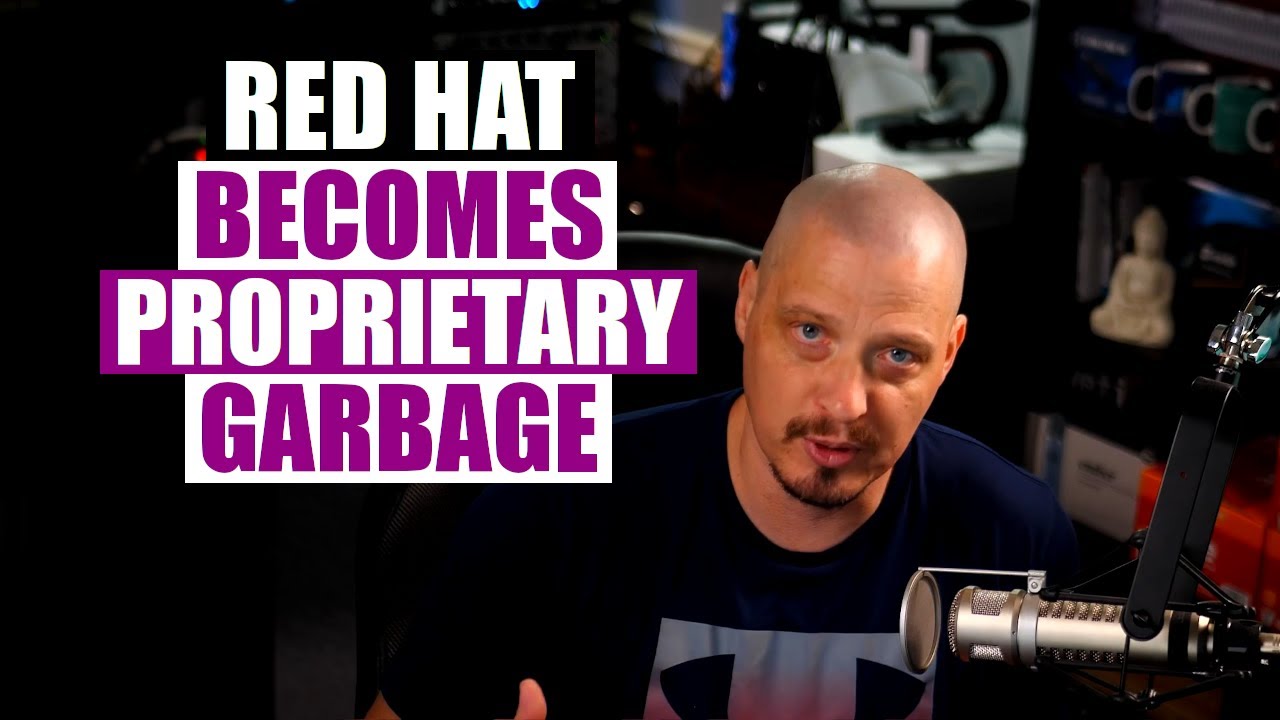Red Hat Enterprise Linux has decided to no longer make its source code publicly available. That’s right…RHEL will become closed source. What does this mean? Should you care?
This is dishonest framing. From what I understand, Red Hat’s patches haven’t become proprietary, they’rejust not publically available to non-subscribers. Of course, subscribers could share the code with others — as it is libre. That is not what “closed source” means, not at all!
I agree the title is misleading but the statement put out by Alma/Rocky says that according to the current TOS it would not be possible for them to redistribute binaries obtained from the customer portal.
That’s not what happened. All gpl code is open or illegal, and they’re not that dumb.
This is one of those things where you really gotta do some research instead of just going by the deliberately misleading headline.
Red Hat subscribers can access and even share the code.
This is NOT true. Red Hat is still following the GPL.
Now I’m glad they passed on my application. Get fucked redhat
That’s why I hate companies and big techs
This is unfortunate. But not surprising. Hopefully they still contribute to many other open source projects
i mean, it’s gpl right? which mean someone can make a fork of it
Nope. This is a terrible hot take that misses the fundamental spirit behind the GPL.
It helps to consider “the software” as a single snapshot in time, with the GPL’s intention that the consumer may make their own fixes, rebuild, and redistribute. Check.
Remember: “Free as in freedom, not free as in beer.” Selling open source software has always been explicitly allowed, as long as you make the source available to those who receive it. Check.
What the GPL does NOT provide is guaranteed access to maintenance and future versions of said software. Again, it applies to a snapshot, as delivered.
In a nutshell, the customer receives open source everything they FOR A PARTICULAR VERSION.
I see no problem — either in spirit or letter — in Redhat’s approach here.





